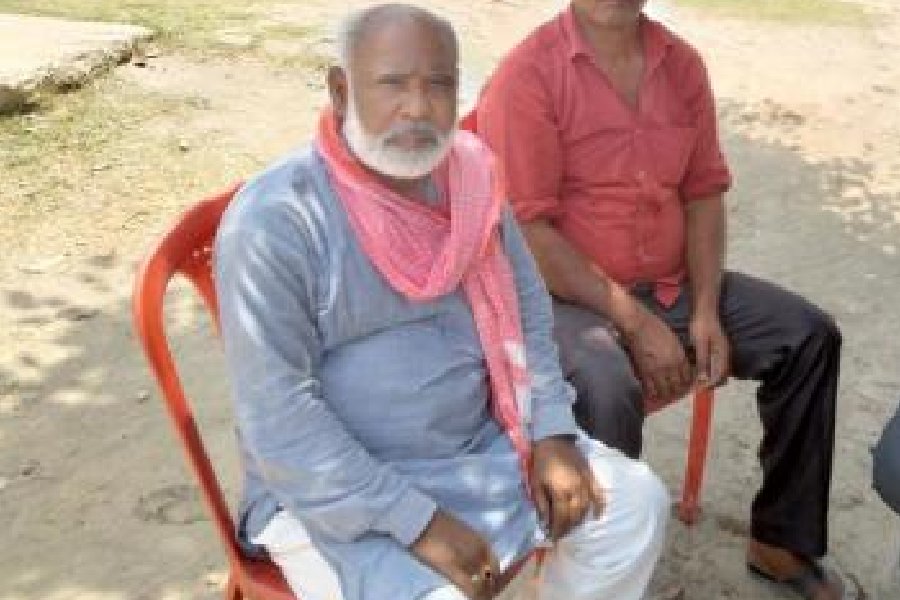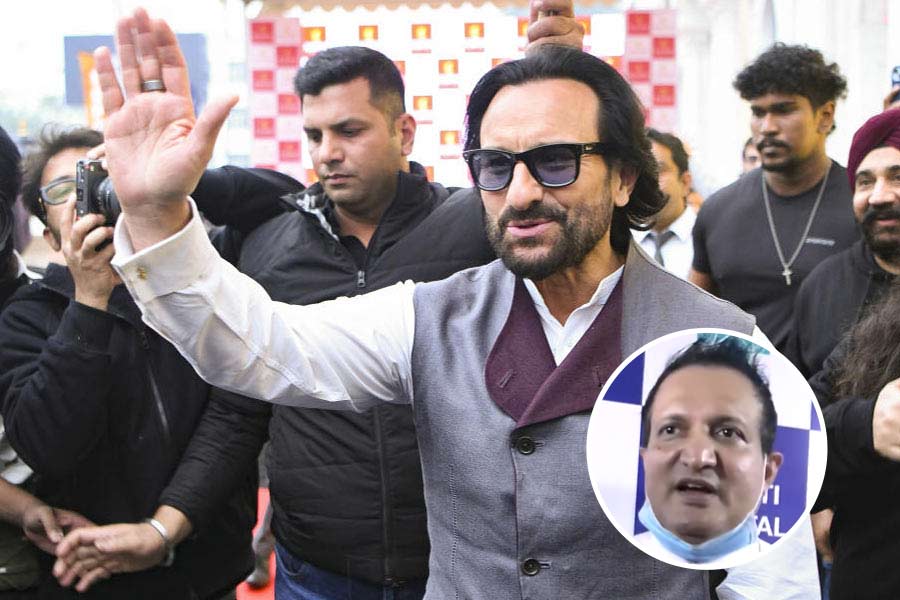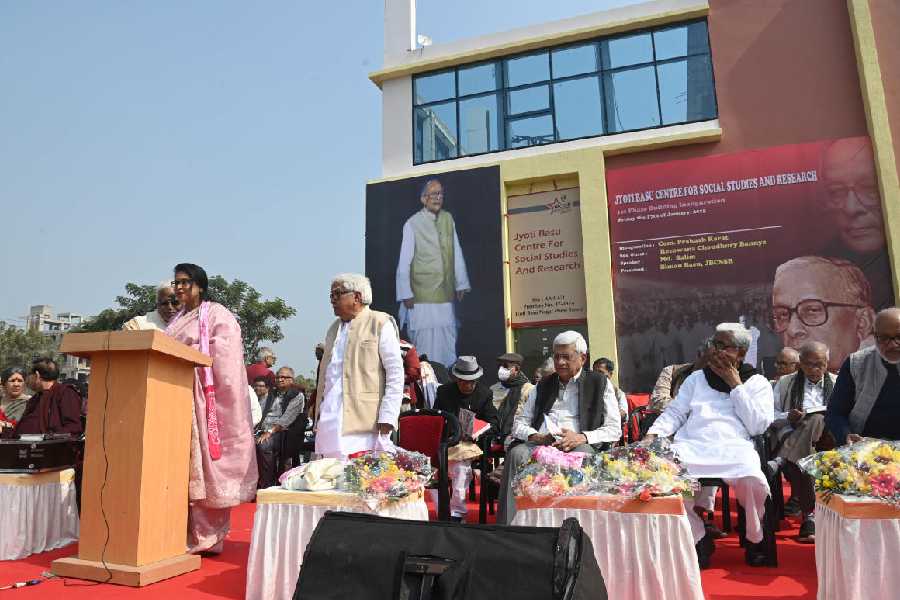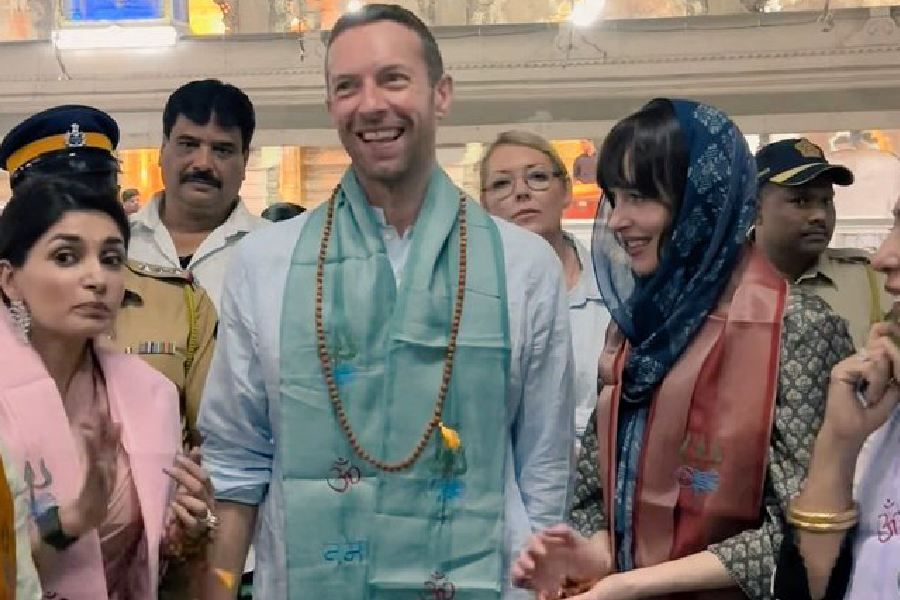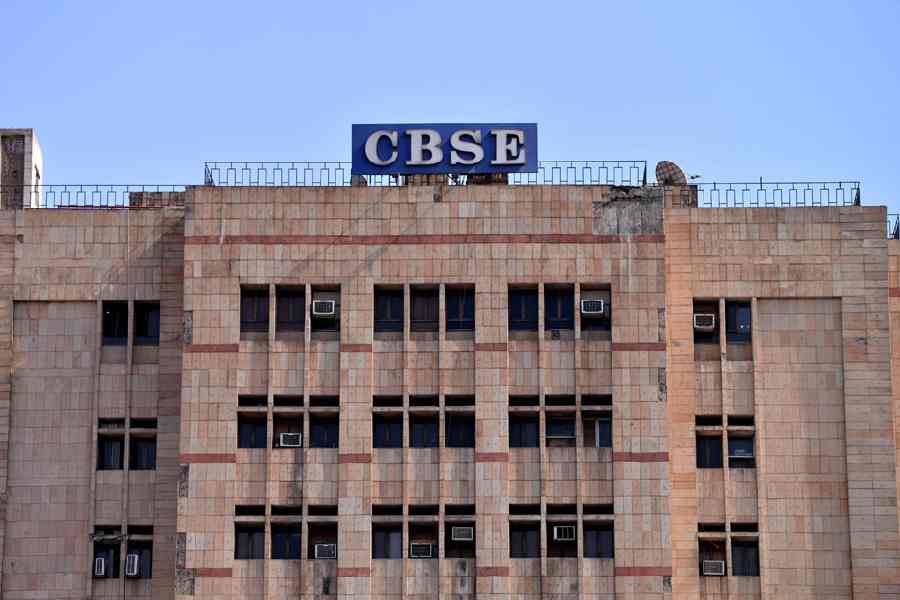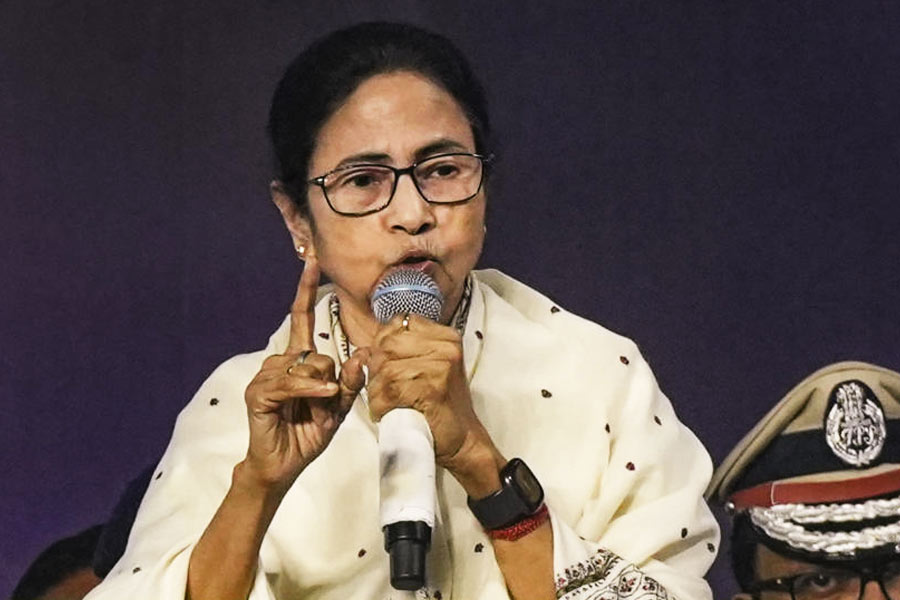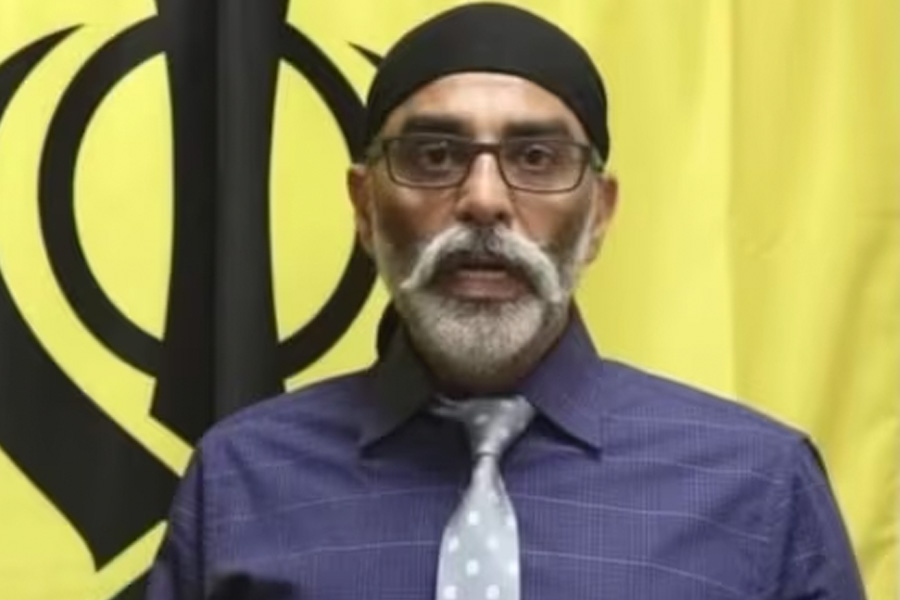Naveen Prakash, 65, a fertiliser seller here, believes Hindus will become a minority in India in a few years if population growth among Muslims is not checked.
He says any Hindu who doesn’t vote for the BJP in the general election is not a true follower of the faith. For him, the Ram temple in Ayodhya is the Narendra Modi government’s biggest achievement.
“A law is needed to check population growth. Those producing more than two children must be deprived of facilities like (free or subsidised) rations and other things,” Prakash said.
With the Ram temple built, “population growth” has become the buzzword among BJP supporters in Uttar Pradesh. The stated — and, sometimes, unstated — context is the perception of a high fertility rate among Muslims.
“People say there is unemployment. With such a huge population, it’s not possible to provide jobs to all,” Prakash said.
According to the 2011 census, Hindus accounted for 79.8 per cent of the population, with Muslims and Christians making up 14.2 per cent and 2.3 per cent. The rate of population growth in the decade 2001-2011 was 17.7 per cent — 16.8 per cent for Hindus, 24.6 per cent for Muslims and 15.5 per cent for Christians.
However, data from the Sample Registration System of Statistical Reports of the office of the Registrar-General, Union home ministry, shows the total fertility rate (TFR) — the average number of children born to a woman — has been declining in every state, including Uttar Pradesh.
A TFR of 2.1 is known as replacement level fertility rate, which leads to a largely constant population. In India, the TFR in 2020 was 2. However, the northern states, generally backward in access to education, have higher TFRs.
To many, such statistics mean little. Aditya Prasad Singh, an LIC agent in Bespur, Bareilly district, said: “The way they (Muslims) are increasing their population, they want to rule the country. A strong law is needed.”
In Kannauj city, Ankit Dixit said it would be difficult to ensure a decent standard of living for all if the population was allowed to grow unchecked. “A couple should be allowed to produce only two children. Those who violate this should be deprived of government jobs and other public facilities,” Dixit said.
A population researcher said quality education, health awareness and better employment opportunities are key to addressing population growth.
However, educational facilities in Uttar Pradesh remain poor.
At Sardar Nagar village in Aonla tehsil, Bareilly district, Anwar Hussian, 62, said the local government school taught only till Class VIII. After that, the children have to go to either Bahanpur village, 4km away, to study in Class IX at a government school, or to Rampura village, about 6km away, to study at a private school.
“Many children drop out. It’s a bigger problem for girl students to travel so far to school,” Hussain said.

